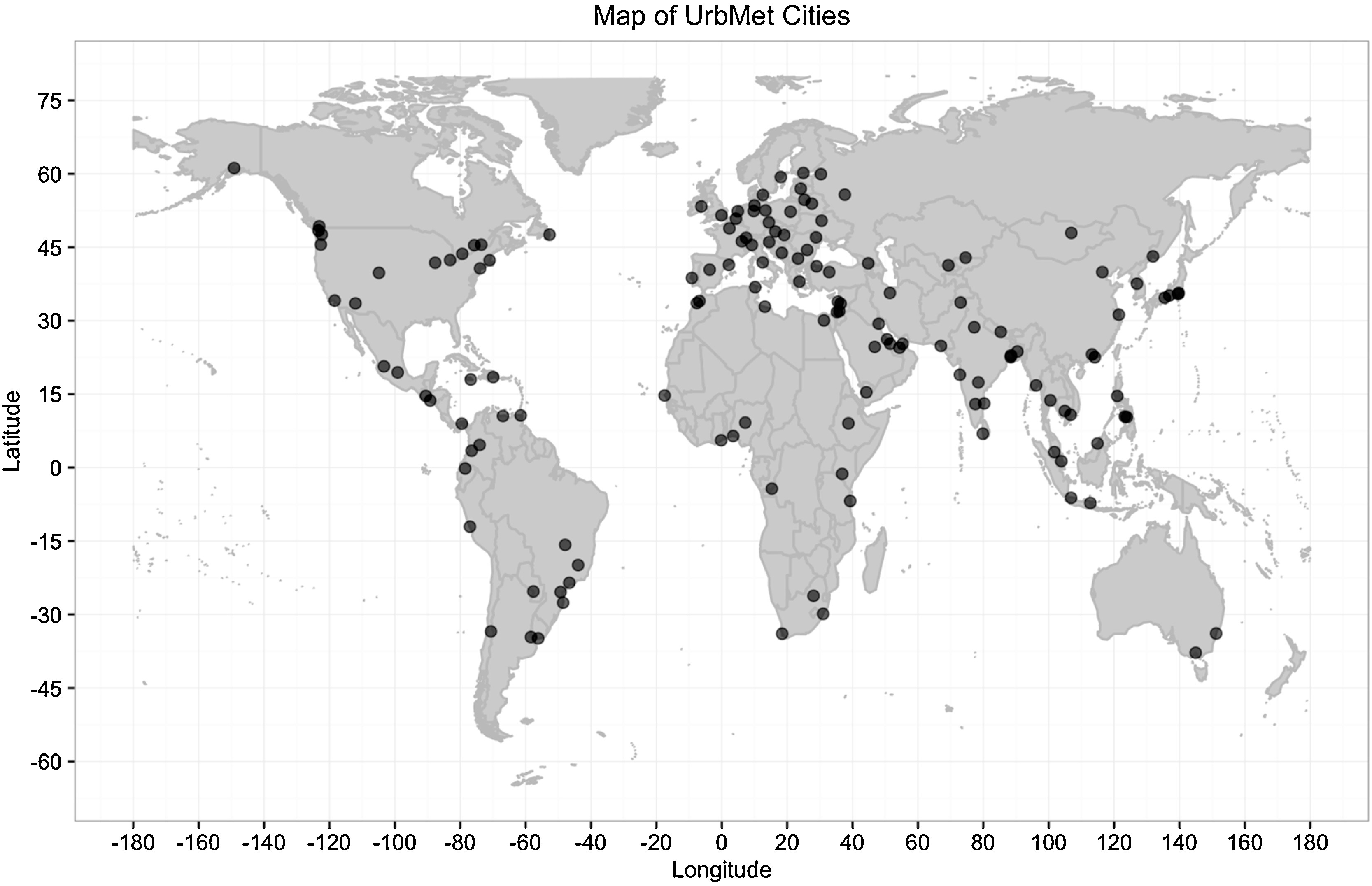Water and sanitation are pivotal elements of the Sustainable Development Goals (SDGs), primarily encapsulated in SDG 6 (Clean Water and Sanitation). This goal seeks to ensure the availability and sustainable management of water and sanitation for all by 2030. This objective directly addresses the current global water crisis, where nearly 2.2 billion people live without access to safe water, and about 4.2 billion lack access to adequate sanitation.
By focusing on improving water quality, increasing water-use efficiency, implementing integrated water resources management at all levels, and protecting and restoring water-related ecosystems, SDG 6 addresses not only direct human needs but also the broader ecological health of the planet. Furthermore, efforts towards achieving SDG 6 indirectly promote several other SDGs.
For instance, water and sanitation are crucial to achieving SDG 3 (Good Health and Well-being), as clean water and proper sanitation facilities reduce the spread of water-borne diseases and significantly lower child and maternal mortality rates. Likewise, they are foundational to SDG 4 (Quality Education), given that the provision of water and sanitation facilities in schools significantly impacts the attendance and performance of students, particularly for girls.
SDG 2 (Zero Hunger) also intersects with water and sanitation, as sustainable and efficient water management is critical for agriculture, which remains the largest global water consumer. The necessity of water for food production and the potential impact of improved water management on crop yields and livestock health makes SDG 6 integral to achieving zero hunger.
SDG 6 contributes to SDG 1 (No Poverty) and SDG 8 (Decent Work and Economic Growth) as well. Access to clean water and sanitation can enhance economic productivity by reducing time spent gathering water, reducing healthcare costs due to water-related diseases, and even creating jobs in water and sanitation services sectors.
In terms of environmental impact, the sustainable management of water resources is essential for SDG 13 (Climate Action), as water is a key factor in managing climate change due to its role in agriculture and energy production.
Water harvesting is an ancient practice that has been used, mainly in dry environments, to increase efficiency of water collection and use by directing water from a large natural watershed or man-made collection surface into a small basin where the water can be stored in underground reservoirs or to be used directly for irrigation or domestic uses. In modern era water harvesting has been neglected, particularly at the developed countries, due to the technological achievements in the fields of water production and transport.
Combined Sewer Overflow (CSO) infrastructure are conventionally designed based on historical climate data. Yet, variability in rainfall intensities and patterns caused by climate change have a significant impact on the performance of an urban drainage system. Although rainwater harvesting (RWH) is a potential solution to manage stormwater in urban areas, its benefits in mitigating the climate change impacts on combined sewer networks have not been assessed yet.
The sustainability of urban water systems is often compared in small numbers of cases selected as much for their familiarity as for their similarities and differences. Few studies examine large urban datasets to conduct comparisons that identify unexpected similarities and differences among urban water systems and problems. This research analyzed a dataset of 142 cities that includes annual per capita water use (m3/yr/cap) and population. It added a 0.5 ° grid annual water budget value (P-PET/yr) as an index of hydroclimatic water supply.
This paper uses ‘Medieval’ drought conditions from the 12th Century to simulate the implications of severe and persistent drought for the future of water resource management in metropolitan Phoenix, one of the largest and fastest growing urban areas in the southwestern USA. WaterSim 5, an anticipatory water policy and planning model, was used to explore groundwater sustainability outcomes for mega-drought conditions across a range of policies, including population growth management, water conservation, water banking, direct reuse of RO reclaimed water, and water augmentation.
Water reuse networks have been emerging globally for the last 50 years. This article reviews the economic, social and environmental issues related to implementing water reuse networks in cities. This is reflecting the fact that globally many cities are categorised as water scarce areas, where there is growing imbalance between water demand and availability. In this sense, there is a need for sustainable water supply solutions in the imminent future to provide and maintain service reliability, particularly in the face of climate change.
Increases in water treatment technology have made water recycling a viable engineering solution to water supply limitations. In spite of this, such water recycling schemes have often been halted by lack of public acceptance. Previous studies have captured the public's attitudes regarding planned reuse schemes, but here we focus on unplanned reuse (i.e. de facto reuse), present in many cities across the U.S.
Shortages of freshwater have become a serious issue in many regions around the world, partly due to rapid urbanisation and climate change. Sustainable city development should consider minimising water use by people living in cities and urban areas. The purpose of this paper is to improve our understanding of water-use behaviour and to reliably predict water use. We collected appropriate data of daily water use, meteorological parameters, and socioeconomic factors for the City of Brossard in Quebec, Canada, and analysed these data using multiple regression techniques.
The study of resilience in the face of large physical and climatic change has emerged as an important area of research. But while the physical variables under study are easily identified, the notion of resilience itself remains nebulous. In recent years, it has been taken to mean both mitigation and adaptation, concepts that are often used in interchangeably or in conjunction (sometimes hyphenated as “adaptation-mitigation”).

